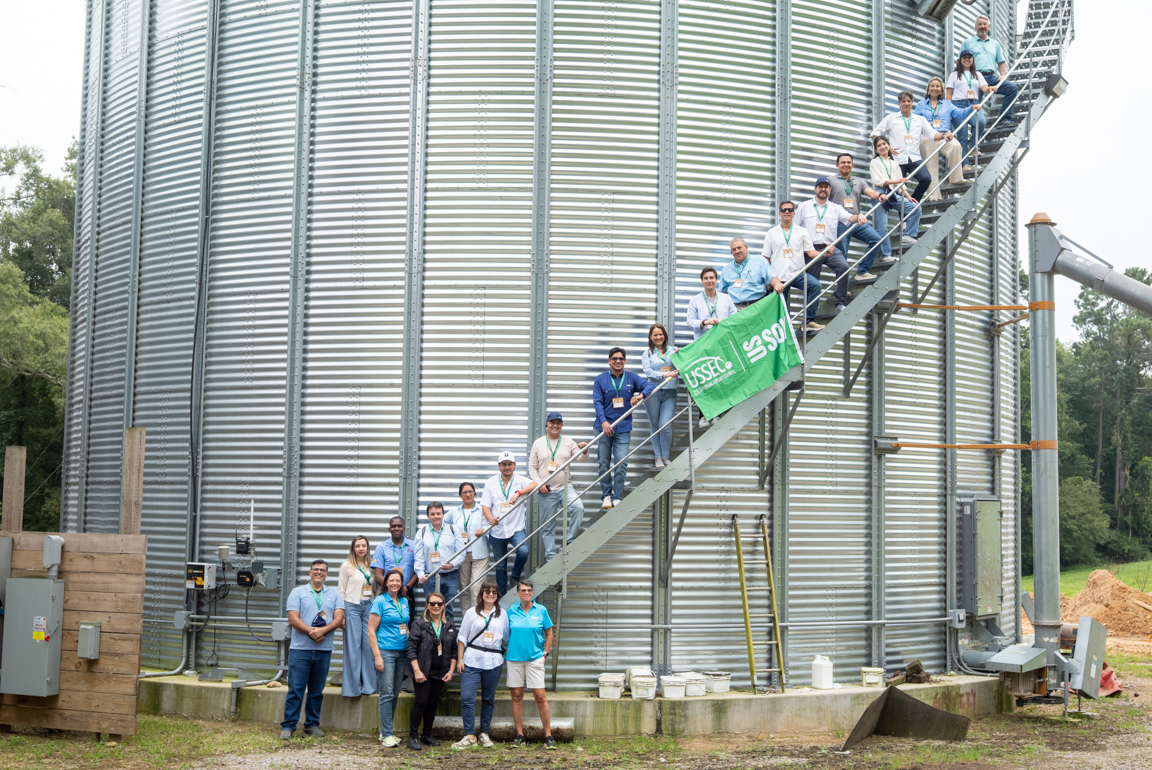Put Your Soybeans to Work for You

Four reasons to choose high oleic varieties
Chances are you’re looking for new ways to make sure you break even – or with luck, turn a profit – in the next crop year. With low soybean prices and ever-rising input costs, this may be the year to consider how your soybeans can go to work for you.
In his work with the soy checkoff, Richard Galloway talks to soybean processors all over the country about how high oleic varieties can benefit them and their farmer-suppliers alike. He is encouraging farmers to take a look at their balance sheets and consider a premium crop like high oleic soybeans. Here are his top four benefits for farmers:
 |
No costly changes needed. Farmers growing high oleic say their transition was only as hard as switching from corn to soybeans. “The only thing to consider is any extra costs associated with identity preservation,” Galloway says. Those can include a few extra hours keeping records, cleaning out equipment and any extra delivery costs. |
 |
Good yield to meet your expectations. “Yield with high oleic varieties is on par with the best varieties grown in the areas where it’s available,” Galloway says. High oleic varieties are available in multiple maturity groups in select regions around the country, with programs in 12 different states. |
 |
Serve your customers. Seed companies developed high oleic soybean varieties to give food companies what they’re asking for – all the benefits of soybean oil without the need for additional processing. Since the food industry is demanding high oleic soybean oil, processors and elevators need it. And they’re willing to pay a premium for it. |
 |
More profit for your bottom line. On average, processors can offer between 40 and 60 cents more per bushel for high oleic soybeans. That’s on top of the benefit farmers see due to increased overall demand. Galloway says many farmers can expect a net profit with high oleic. |
“The industry is focused on regaining the market share we’ve lost in food oil,” he says. “The primary way we’ll do that is planting and processing high oleic soybeans.”
Now it’s up to farmers to grow high oleic varieties to meet ever-growing demand.
Even if your local processor isn’t accepting high oleic soybeans yet, Galloway says you can still help by contacting your nearby delivery points.
“Let the manager at your local processor or elevator know that you’re interested in delivering high oleic soybeans to them when the opportunity arises,” Galloway says. “Showing them that they’ll be able to find farmers in their area to supply the demand will encourage them to support high oleic when it comes your way.”



